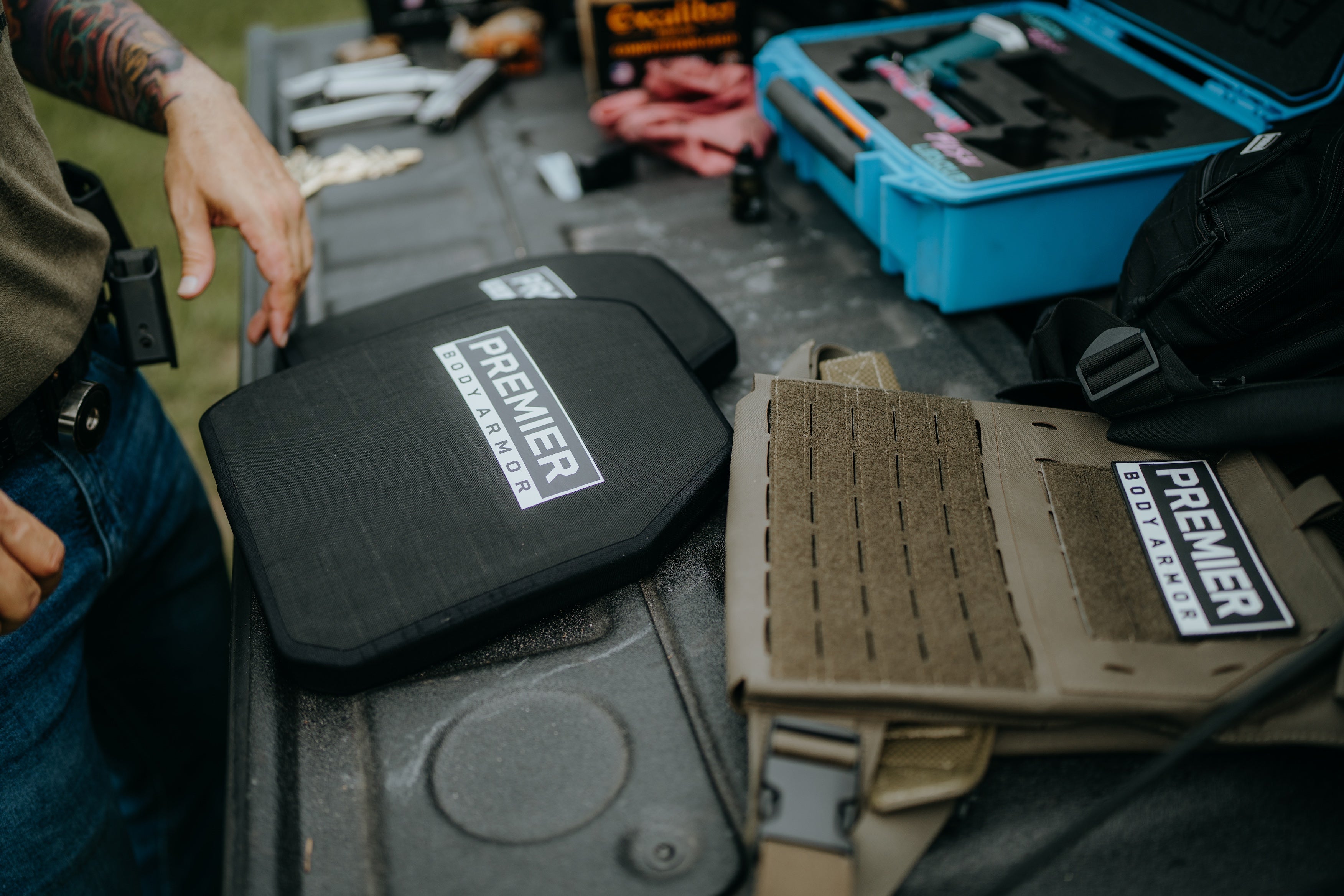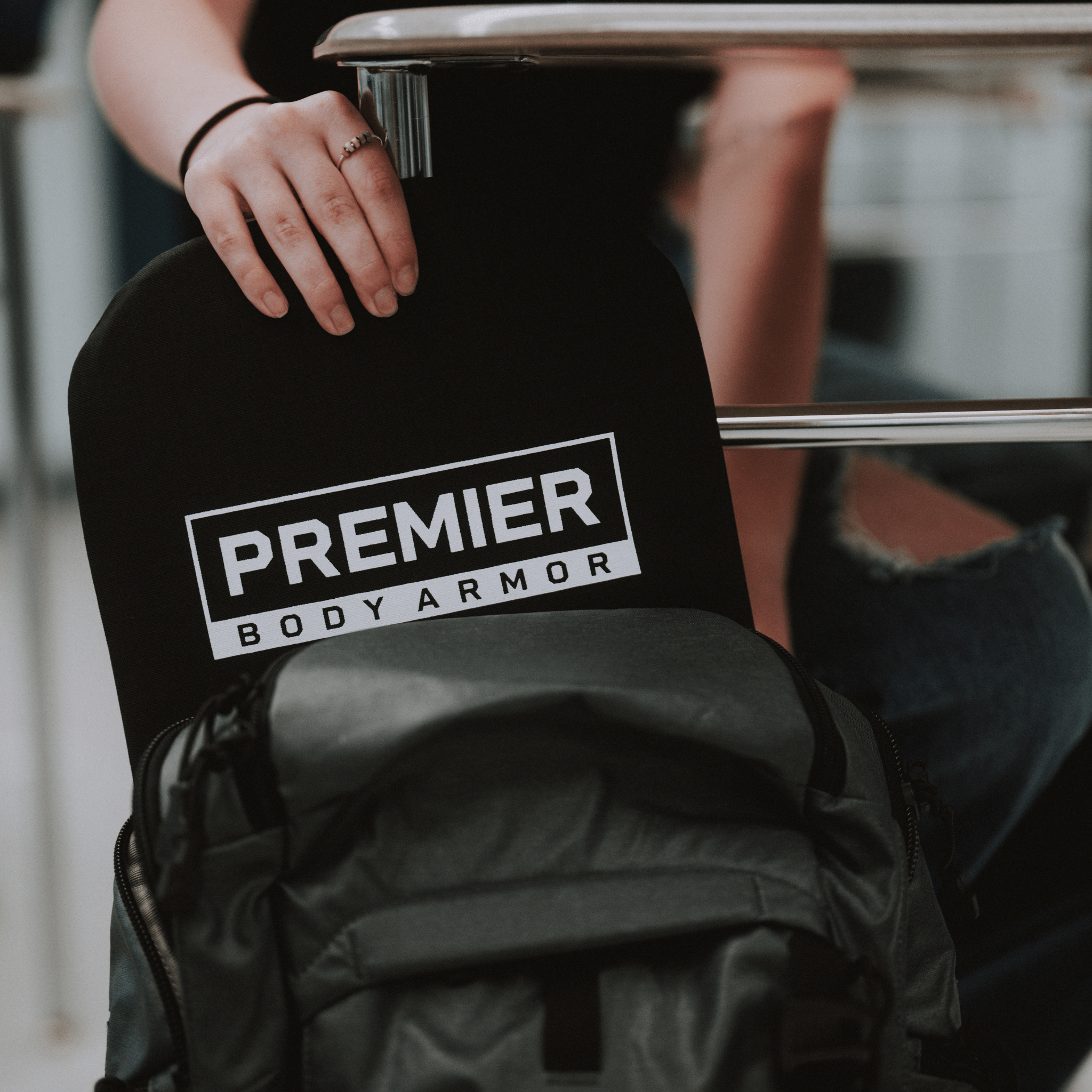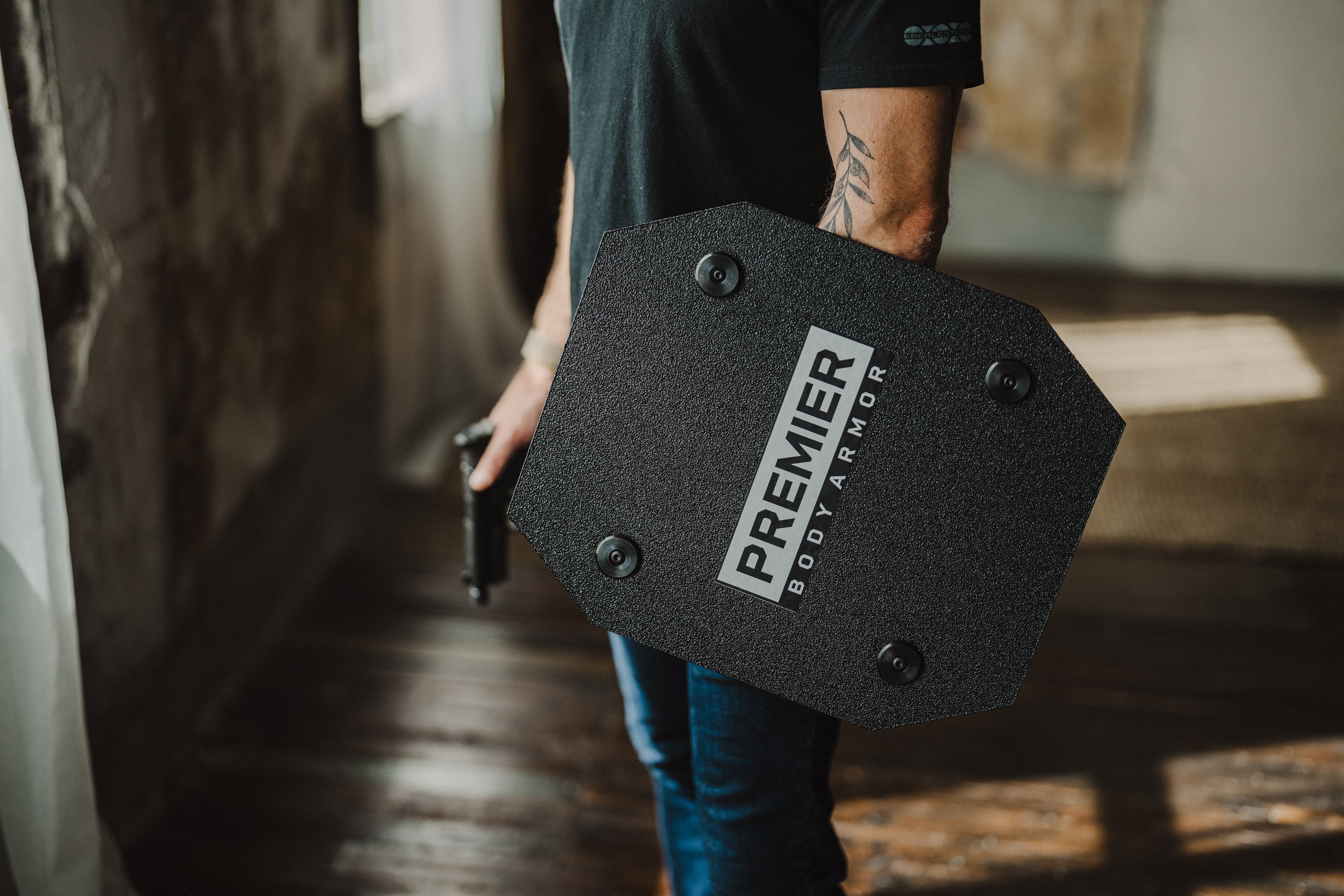Protecting the Presidents: Stories of Danger & Survival
Presidents’ Day is a time to honor the leaders who have guided our nation through triumphs and trials. Yet many people forget how risky it can be to occupy the Oval Office. Over the centuries, U.S. presidents have faced assassination attempts—some successful and tragic, others thwarted by twists of fate. In the days before advanced protective gear and cutting-edge security, there were moments when a thicker speech or a simple misfire determined a president’s fate.
As a company devoted to personal protection, we find these stories both sobering and fascinating. Read on to discover some famous—and some lesser-known—incidents that remind us about the importance of being prepared and protected.
1. Andrew Jackson (1835): The Infamous Misfires
In 1835, President Andrew Jackson was leaving a funeral service at the U.S. Capitol when an unemployed house painter named Richard Lawrence tried to shoot him. The strangest part? Both of Lawrence’s pistols misfired—allegedly due to damp weather conditions. Jackson, known for his fiery temper, chased Lawrence down with his cane until bystanders helped subdue the would-be assassin.
-
Most Surprising Fact: The odds of both pistols misfiring were reportedly 1 in 125,000.
-
Lasting Impact: The incident raised concerns about White House security and the president’s vulnerability, though comprehensive protective measures were still decades away.
2. Abraham Lincoln (1865): Tragedy at Ford’s Theatre
Perhaps the most famous presidential assassination of all time, Abraham Lincoln’s death shook the nation. On April 14, 1865, just days after the Civil War ended, John Wilkes Booth shot Lincoln at Ford’s Theatre. Lincoln died the next morning, marking the first successful assassination of a U.S. president.
-
Most Surprising Fact: Booth was a well-known stage actor, and he used his theatrical knowledge of the theatre’s layout to carry out the attack.
-
Lasting Impact: Lincoln’s assassination led to heightened, though still informal, security measures for future presidents.
3. James A. Garfield (1881): A Tragic Loss
James A. Garfield had barely served four months before Charles J. Guiteau shot him at a Washington, D.C., train station. Garfield clung to life for weeks, but ultimately infection and poor medical treatment led to his death.
-
Most Surprising Fact: The bullet itself wasn’t immediately fatal—doctors probing the wound (with unsterilized instruments) contributed to fatal infection.
-
Lasting Impact: Garfield’s death underscored the need for better medical practices and spurred advances in antiseptic procedures.
4. William McKinley (1901): The Pan-American Exposition Shooting
While greeting visitors at the Pan-American Exposition in Buffalo, New York, President William McKinley was shot twice by Leon Czolgosz. Initially, there was hope for McKinley’s recovery, but he died eight days later.
-
Most Surprising Fact: McKinley insisted that his assailant not be harmed immediately after being shot.
-
Lasting Impact: McKinley’s assassination propelled Theodore Roosevelt into the presidency and brought the Secret Service’s role in presidential protection into sharper focus.
5. Theodore Roosevelt (1912): The Speech That Saved Him
Though no longer in office, Theodore Roosevelt was running for president again in 1912 under the Progressive “Bull Moose” Party when he was shot before a campaign speech in Milwaukee. The bullet was slowed by his steel eyeglass case and a folded 50-page speech in his breast pocket. Despite the injury, Roosevelt insisted on delivering his speech with blood seeping through his shirt.
-
Most Surprising Fact: His first words to the crowd were, “It takes more than that to kill a Bull Moose.”
-
Lasting Impact: Roosevelt’s near-miraculous survival became part of his legendary persona and a testament to the importance of protective layers—albeit unintentional ones.
6. Franklin D. Roosevelt (1933): A Close Call Before Inauguration
Although not yet president at the time, Franklin D. Roosevelt narrowly escaped an assassination attempt on February 15, 1933, in Miami. Giuseppe Zangara fired shots intending to kill FDR, but instead fatally wounded Chicago Mayor Anton Cermak.
-
Most Surprising Fact: This event occurred before Roosevelt was even sworn in, highlighting that danger can come at any moment for a president-elect.
-
Lasting Impact: The Secret Service ramped up efforts to protect presidents and presidents-elect alike after this tragic incident.
7. John F. Kennedy (1963): A Nation Mourns
On November 22, 1963, President John F. Kennedy was assassinated while riding in an open-top limousine through Dealey Plaza in Dallas, Texas. As the motorcade passed the Texas School Book Depository, gunshots rang out. Kennedy was struck twice—once in the upper back and fatally in the head. The nation watched in horror as First Lady Jacqueline Kennedy reached for her husband before Secret Service agents rushed to their aid.
- Most Surprising Fact: The Warren Commission concluded that Lee Harvey Oswald acted alone in the assassination, but numerous conspiracy theories persist to this day.
- Lasting Impact: Kennedy’s death led to significant changes in presidential security, including the widespread use of armored vehicles and stricter protective measures during public appearances. His assassination remains one of the most heavily analyzed events in American history, shaping the way leaders are protected in the modern era.
8. Gerald Ford (1975): Twice in 17 Days
Gerald Ford faced two separate assassination attempts in the span of just over two weeks. The first incident involved Lynette “Squeaky” Fromme (an associate of Charles Manson) in Sacramento, California. The second was by Sara Jane Moore in San Francisco. Neither shot ever made contact with Ford, thanks to alert bystanders and swift Secret Service intervention.
-
Most Surprising Fact: Both attempts occurred in California, making it an unusual period for heightened security in the Golden State.
-
Lasting Impact: Ford’s close calls emphasized how quickly a momentary lapse in security could turn lethal—and how crucial it is to remain vigilant at all times.
9. Ronald Reagan (1981): The Near-Fatal Encounter
President Ronald Reagan was leaving the Washington Hilton Hotel on March 30, 1981, when John Hinckley Jr. fired six shots. A bullet ricocheted off the presidential limousine and hit Reagan in the chest, puncturing his lung and narrowly missing his heart. Reagan’s lighthearted joke—“I hope you’re all Republicans”—to his surgeons became legendary.
-
Most Surprising Fact: Reagan initially didn’t realize he’d been shot. He thought he’d broken a rib when he was shoved into the car.
-
Lasting Impact: The assassination attempt led to further improvements in presidential security detail and protective gear. Reagan’s survival story became a testament to medical advances and well-coordinated emergency response.
10. Donald J. Trump (2016 & 2024): Foiled at a Campaign Rally
Before taking office for BOTH of his Presidential terms, then-candidate Donald Trump faced chilling assassination attempts at campaign rallies. The first, a June 2016 rally in Las Vegas saw a British national, Michael Steven Sandford, try to wrestle a gun away from a police officer with the intention of shooting Trump. The Secret Service and local law enforcement quickly subdued Sandford, preventing any harm.
In 2024, during a Pennsylvania rally on July 13, Thomas Crooks fired from the roof of a nearby building shortly after Trump took to the stage. Whether luck or good timing, the bullet pierced Trump’s ear as he turned, likely saving him from a more fatal wound.
-
Most Surprising Fact: In the first attempt, Sandford had reportedly practiced firing a weapon at a local gun range the day before, indicating a premeditated plan rather than a spur-of-the-moment act.
-
Lasting Impact: Both incidents underscored how vulnerable presidential candidates remain—well before they take the oath of office. It further justified the extended protection provided by the Secret Service to major-party candidates during modern election cycles.
Reflections on Presidential Protection
From Andrew Jackson’s lucky near-miss to Ronald Reagan’s 1981 close call, these stories remind us that even the most powerful people in the world are vulnerable. Over time, technology has advanced, and security protocols have evolved—yet the commitment to protect America’s leaders remains as steadfast as ever.
Here at Premier Body Armor, these historical accounts motivate us to innovate ever more effective personal protection solutions. While we’re grateful that modern science and security have drastically improved the odds for public figures, we believe everyone deserves peace of mind in their day-to-day life.
Celebrate Presidents’ Day With Us
If these stories have sparked your curiosity about staying safe in uncertain times, consider checking out our range of protective solutions, from discreet bulletproof backpacks to armor designed for everyday wear.
Take a moment to appreciate the bravery—and luck—that helped many of our past presidents survive perilous moments. And remember: your own personal protection is no small matter, whether you’re on a campaign trail or simply on your daily commute.
Share these surprising presidential tales with friends and family this Presidents’ Day, and stay safe out there.










Very well done. One thing that has escaped notice about the Lincoln assassination is that the conspirators contemplated using a scoped percussion rifle at range. I cited evidence of this in my article on the Readex Blog, “A Little Like Murder.”
Leave a comment